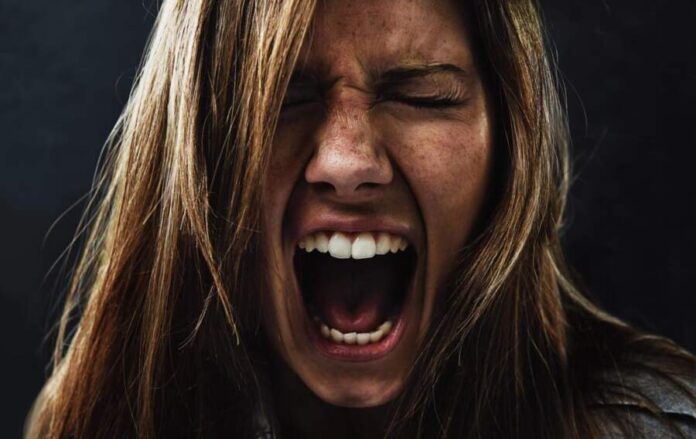The article is developed in partnership with BetterHelp.
Most people have some form of fear. Some people are afraid of small insects such as spiders. Others are afraid of small spaces. There are many fears out there.
Sometimes people aren’t aware they have a fear until they encounter it. For example, many people discover their fears through Netflix horror tv shows; while others discover their fears through first-hand exposure or trauma.
If everyone has a fear, do they have a phobia? How do we know when this fear or phobia becomes a problem? Discover more about phobias, how they are treated, and when to get help!
What Is a Phobia?
A phobia, according to Harvard Health, is a “persistent, excessive, unrealistic fear of an object, person, animal, activity or situation.” This is not to say that every fear is a phobia. You can have a fear of dying, but it is not the same as a phobia of dying.
Fear is something you experience when you feel discomfort or distress in a situation. For example, someone with a fear of gore will not do well in a hospital room or haunted house. Someone with a phobia of gore, known as hemophobia, will experience intense physical and mental effects.
Symptoms of a Phobia
Those who live with a phobia typically experience intense symptoms. Symptoms such as panic attacks, anxiety, depression, and other mental health issues.
Physically, they may undergo difficulty breathing, dizziness, nausea, sweating, chills, chest pain, and a fast heartbeat. When approached with their phobia or the idea of their phobia, someone can experience a few of these symptoms or all of them. It can make it difficult for them to live their daily life out normally.
You can learn more about phobias and how they can affect your well-being with assistance from BetterHelp articles and resources.
What Are Some Common Phobias?
Many, many phobias are out there. However, there are a few that stand out and tends to be the most common. Here are a few common phobias:
Ophidiophobia is the fear of snakes.
Acrophobia is the fear of heights.
Claustrophobia is the fear of small, enclosed spaces.
Trypanophobia is the intense fear of needles.
Dystychiphobia is the fear of accidents.
Amaxophobia is the fear of driving and the fear of riding in a car with another driver.
How Are Phobias Treated?
The most common treatment for phobias is psychotherapy. Psychotherapy, also known as talk therapy, is a therapy that allows individuals to talk freely about their behavioral and emotional issues with a licensed professional.
Together with a therapist, a person can discover the root of their phobia and why they feel intense fear of their phobia. A therapist will help the individual recognize the reality of their fear and how to replace their fear with affirming habits.
In more severe cases, people are often treated with therapy and medication. People who may be experiencing intense anxiety or depression because of their phobias can benefit from medication.
If you start to notice that your phobia is affecting the way you live your day-to-day life, it is pertinent that you get help. Seek out a trusted friend or a local therapist. Find someone so that you can get the help that you deserve.



































































